In one of the worst maritime disasters in British history - the worst ever on an inland waterway - the SS Bywell Castle collided with the SS Princess Alice in the Thames, resulting in the deaths of around 650-700 passengers and crew from the latter vessel, though the waters they fell into were arguably even more horrifying than the collision itself.
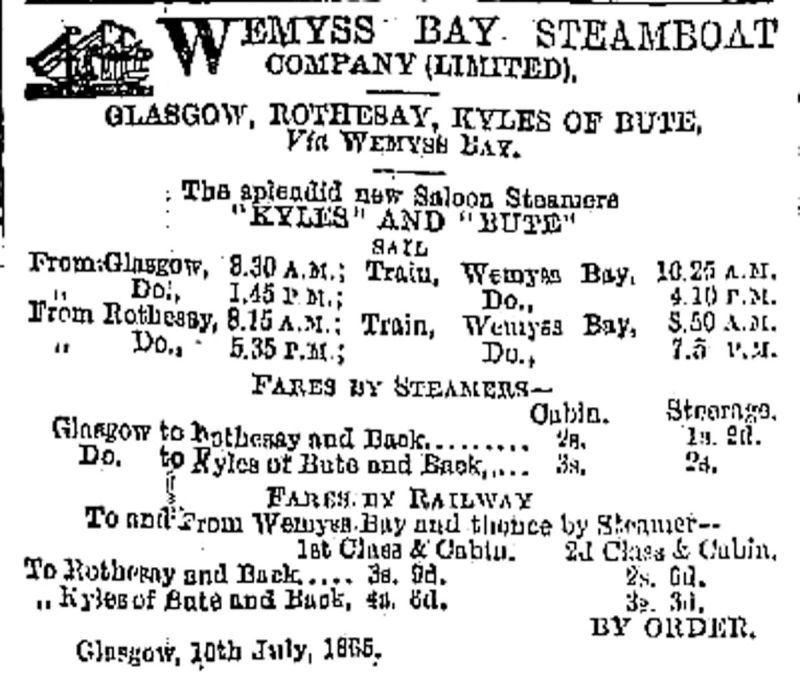
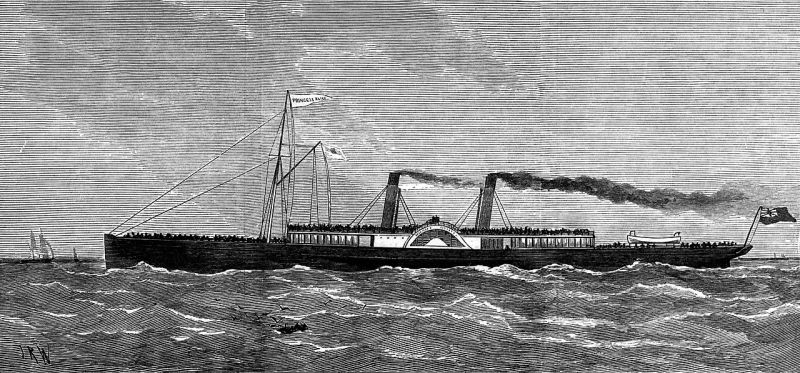
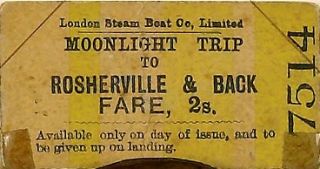
Princess Alice was a sidewheel paddle steamer, built in 1865 by Caird & Company in Greenock, Scotland as the passenger ferry Bute for the Wemyss Bay Steamboat Co., initially employed in service between Wemyss Bay on the Firth of Clyde and Rothesay on the Isle of Bute. After 2 years of service, she was sold to the Waterman Steam Packet Co for use on the River Thames, and renamed after Queen Victoria’s daughter (the future Grand Duchess of Hesse and by Rhine). In 1870, she was sold again to the Woolwich Steam Packet Co, later renamed the London Steamboat Company, and employed on services between London Bridge and Sheerness. She measured 432 gross tons and 219 ft. long. Originally built to carry 500 passengers, by 1878, her owners had received approval from the British Board of Trade to carry up to 932, without any significant changes.
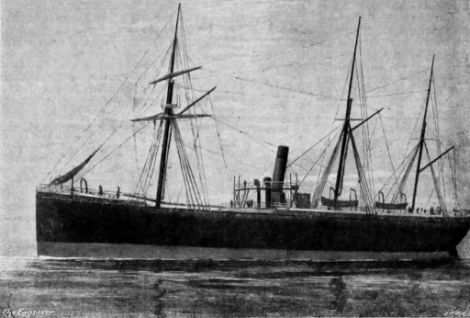
On the evening of September 3rd, 1878, Princess Alice departed her usual base at Swan Pier, near the London Bridge for a regularly scheduled trip to Sheerness, with stops at Blackwall, North Woolwich, and Rosherville Gardens en route. She was filled nearly to capacity, with many of the passengers on board taking the trip for leisure purposes, to visit the pleasure gardens at Rosherville. At the time, regulations did not require any sort of check in procedure or passenger lists, so the exact number on board is unknown, as is the final death toll. At around 7:40pm, about 70 minutes into the trip, Princess Alice collided with the coal carrier Bywell Castle of Messrs. Hall & Brown Ltd., inbound toward Newcastle. The heavy, reinforced bow of Bywell Castle sliced through Princess Alice’s hull just forward of the starboard paddle wheel, and she broke in two and sank in just 4 minutes. Officially, the cause was Princess Alice altering course to effect a normal, port-to-port passing of the approaching Bywell Castle, but Bywell Castle’s master had been expecting the passenger steamer to stay on her existing heading. Princess Alice turned right across the bow of Bywell Castle - the order was given for full astern, but it was too late.
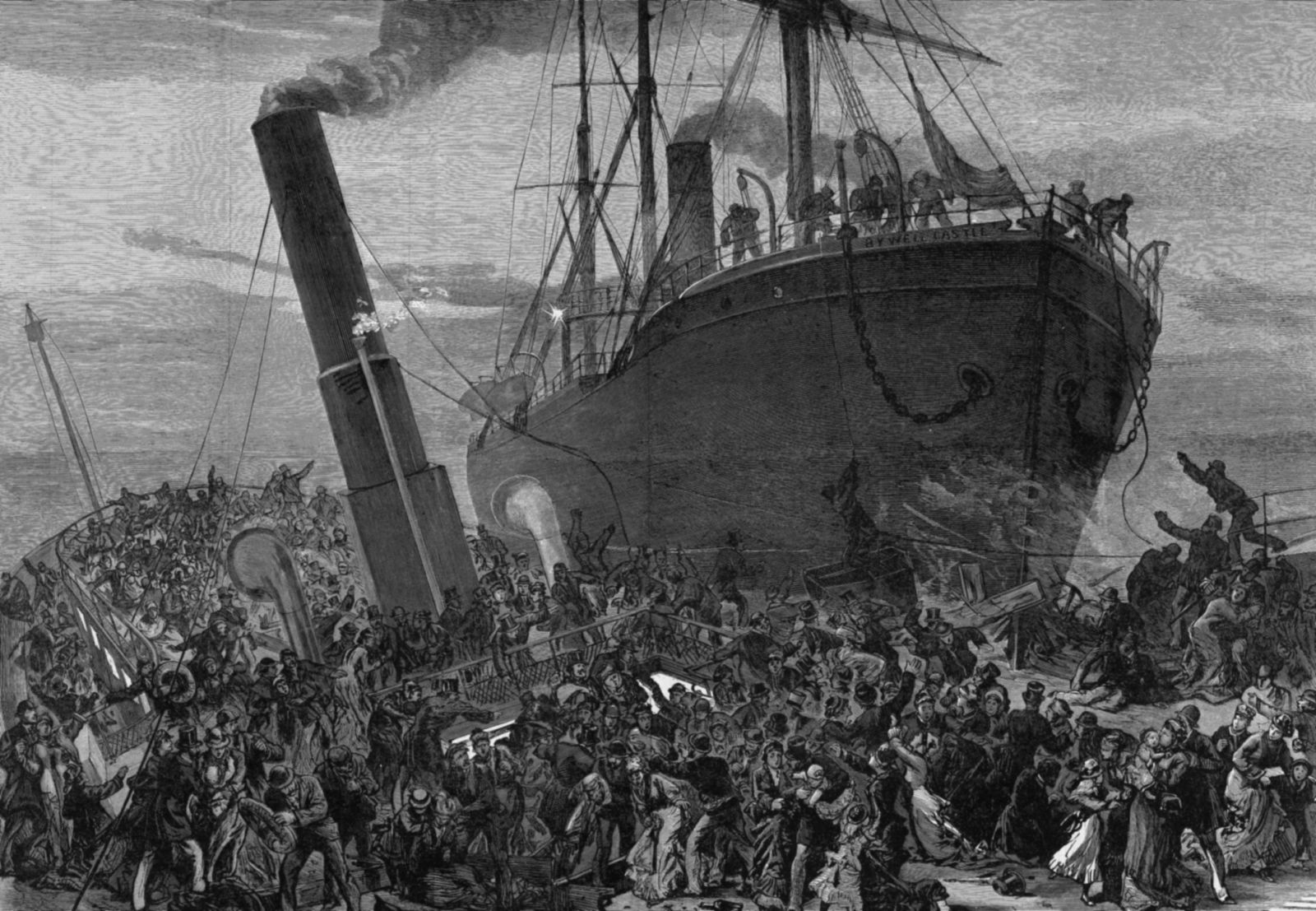
Rescue was complicated by both the rapid sinking, and the fact that the collision occurred just off Gallions Reach, the point in the river where the London sewer system discharged its, um, waste, and a load of about 75 million gallons of raw sewage had only just been dumped in at the time. The heavy, foul smelling sewage stuck all over the bodies of the dead and living, and coated the whole surface of the water, making it difficult for the crew on the deck of Bywell Castle to identify those in need of rescue, and to secure them and bring them on board when they could. 130 passengers who survived the initial sinking died in the weeks after, due to severe infections caused by ingesting the sewage contaminated water. In the days that followed, bacteria in the sewage caused the recovered corpses to decompose rapidly, preventing identification of many of the dead and creating an enormously foul stench around the temporary morgues set up in the vicinity.
Police officers attempted to reach survivors by setting out from shore, but the London Metropolitan Police marine division only had small rowboats available, which were slow to get into the water and reach the site, and couldn’t hold much.
Oh, and if all that isn’t quite enough, the captain of Princess Alice had decided to let his actual helmsman knock off work early, and recruited a passenger to take his place (this passenger was, apparently, a qualified seaman, but was not employed by London Steamboat Co. and was not familiar with the Thames at all), meaning there was no qualified helmsman at the wheel at the time. Bywell Castle, in contrast, was under the command of an experienced Thames pilot, since her captain was unfamiliar with the river, and felt safer having someone who was bring her in to Newcastle, even though regulations in force at the time did not require the use of a local pilot.
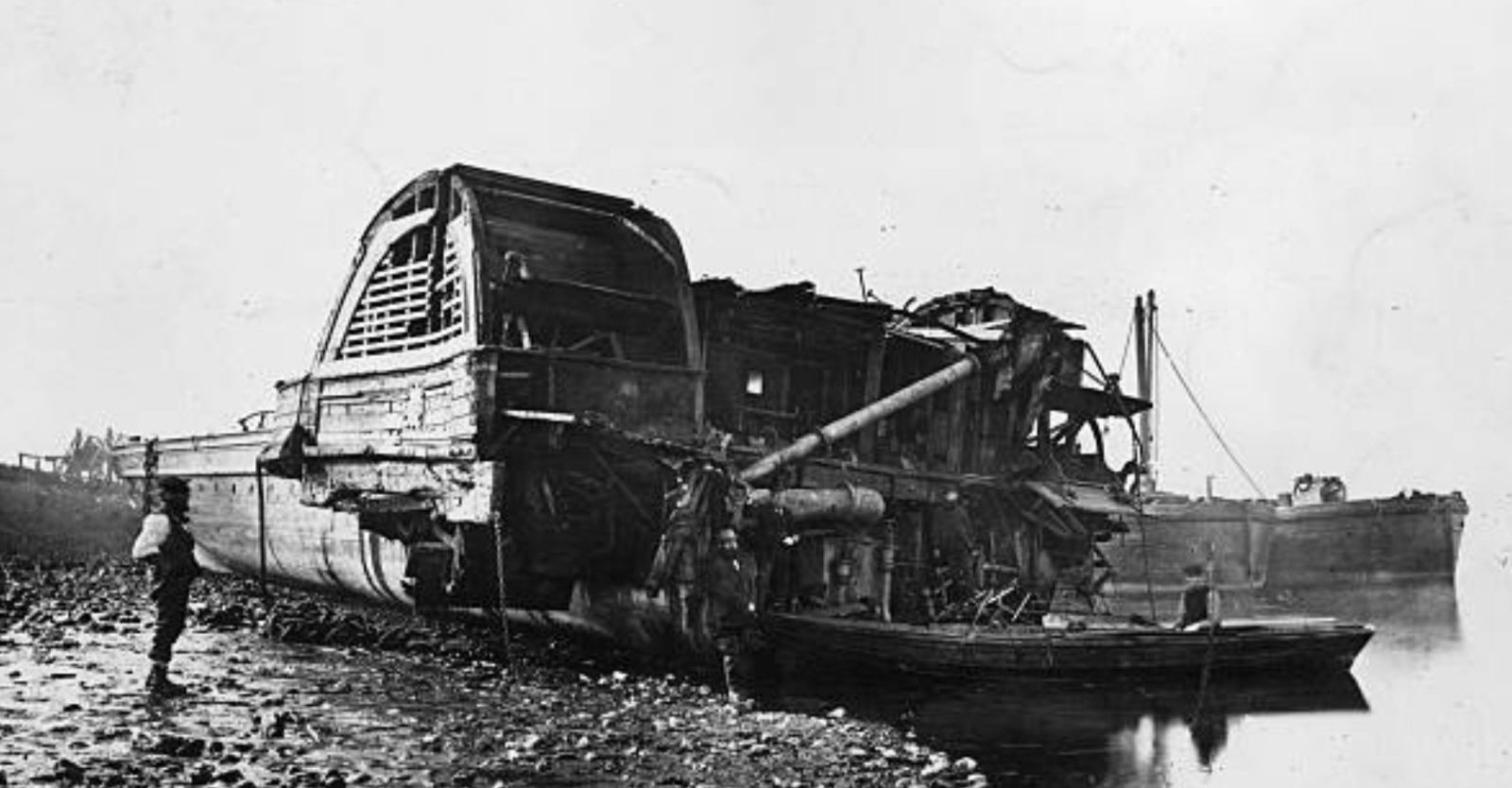

Wreckage of Princess Alice, including a portion of the stern hull containing the engine room, drifted onto shore, while the entirety of the sunken forward section was raised and beached to aid in recovery of bodies. It all became a macabre tourist attraction for a time, with crowds mobbing the wreck and breaking off bits to take home as souvenirs. The final inquest apportioned blame between both ships, but found more fault on the part of Princess Alice. As there were no passenger records in the first place, the exact death toll is uncertain. 640 bodies were recovered, but that was most certainly not all, and the top estimate is that as many as 700 lost their lives in all, in what remains the deadliest inland water disaster in British history.
The disaster resulted in a number of changes, as such disasters do. Notably, London ceased dumping sewage into the Thames a few years after, and switched to taking it out into the deep waters of the North Sea and dumping it there, a practice that survived into the late 1990s, with those sludge vessels also offering excursion tickets for passengers, while the Metropolitan Police received a number of steam powered launches for river patrol and rescue purposes. Regulations were changed to better separate passenger and cargo vessels in the more congested parts of the Thames, and requirements for clearly visible navigation lights were strengthened. Princess Alice’s engines were salvaged for use in another ship, but the negative reputation caused by the sinking, combined with increasing competition from railways, meant that London Steamboat Company was out of business and liquidated within a decade after. Less than 5 years later, Bywell Castle disappeared with all hands en route from Alexandria to Hull, presumably lost in a storm somewhere in the Bay of Biscay.